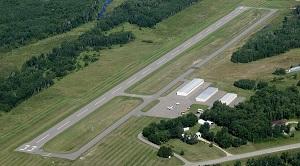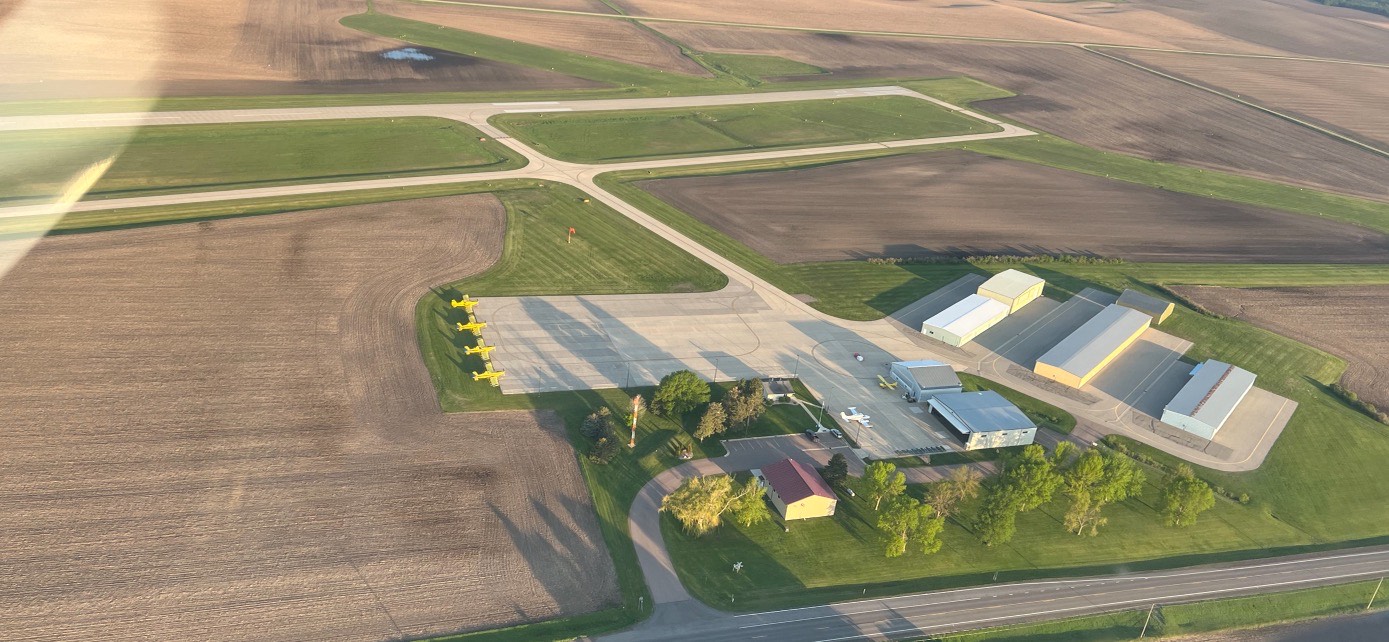
Walker Municipal Airport is located in northern Minnesota's Cass County north of downtown Walker.
City administrator/clerk-treasurer Hope Fairchild serves as the airport’s manager, a responsibility she took on about six months ago. “Because Walker is so small (pop. 932), city staff members wear a lot of hats,” Fairchild says. She deals mostly with the “big picture,” working closely with consultant SEH on funding for airport projects and construction. The city’s public works director and his staff of three handle all of the airport’s maintenance, and the city’s receptionist fields questions and handles hangar leasing in addition to reporting requirements, along with the deputy clerk.
The airport is used primarily by recreational fliers—mostly small single-engine and multi-engine aircraft. Area tourism and seasonal cabins along Leech Lake account for most general aviation aircraft users, she says.
According to Fairchild, 23 aircraft are based at the airport: 20 single-engine aircraft, 2 multi-engine aircraft, and one helicopter. The airport sees approximately 9,300 operations per year, or 25 operations per day, with approximately 70 percent of the operations local and 30 percent transient GA.
Fairchild says she has no previous experience with airport management but has enjoyed learning the ins and outs. “It’s always interesting,” she says. When the US president visited Bemidji a few months ago, Fairchild received a request to submit a no-fly zone NOTAM. “I never thought I’d receive a phone call from the US Secret Service!”
Besides its ideal location for summer recreational traffic, the airport’s other assets include an inviting A/D building to welcome visitors, and airside and landside facilities that are in excellent condition, she says. Perhaps the most significant challenge it faces is that current local funding is only from the City of Walker. “We would like to explore additional funding from other local sources who use the airport,” she says.
Fairchild says that the final review is being completed for the airport’s 20-year master plan. Since the previous master plan was completed, the runway was extended from 2,803 to 3,220 feet, a parallel taxiway was constructed, the A/D building was completely redone, REILs were added to the runway, mowing equipment was purchased, and pavement maintenance was completed, she says. The next 20-year plan will cover a future runway extension to 3,500 feet), construction of additional and larger T-hangars, an apron expansion to accommodate more tie-down spaces, and additional box hangars for larger aircraft.

